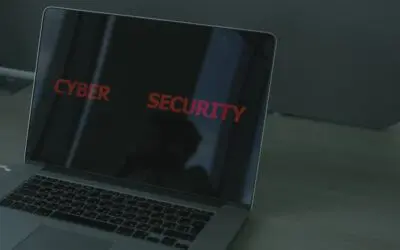Ransomware can affect any business. Take the time to learn how to protect your business investments.
Ransomware is making headlines these days. And there is a reason for all of the hype. Keep reading to understand what it is, who is doing it, how much it can cost, and most importantly, how to prevent it.
What is Ransomware?
Ransomware is software that is maliciously put on your computers to block access to your data until a sum of money is paid. Usually, the software will encrypt all of your data to where it is unreadable, either by you or by your computer. A special password, or code, is needed to unlock the locked data, and that key comes at a high price. Once you pay the ransom, the cybercriminal will “give” you a password to unlock your data.
How does Ransomware get on my computers?
Usually through email attachments or phishing emails but it can also come from bad websites. Rarely do you know it’s being installed until it’s too late. Consider one of your employees who has administrator access to a large amount of data on a computer. They click on an attachment that looks to be a shipping receipt from Walmart. The attachment turns out to be malicious software that begins to encrypt all of the data that your employee has access to. It doesn’t take long, and soon that code jumps to another computer on your company network, and that data is now encrypted. As your employees connect to servers at your business, the ransomware spreads to them as well and encrypts all of that data too. You come into work the next morning and all financial data, your HR database, your point of sale, and your development environment are completely gone.
How much does Ransomware cost?
This number could be almost anything. The cybercriminals who target businesses with ransomware typically demand payment in Bitcoin or some other cyber currency. A high-profile attack, against Colonial Pipeline, cost the company $5 million. The higher the stakes, such as the flow of oil to the East coast, the higher the demand. Most ransomware is above 6 figures. Sometimes the ransomware code will display a timer, and as time goes by, the amount ticks higher.
Who is doing it?
Ransomware attacks can come from state-sponsored terrorism to just small-time cyber criminals. The problem is that an attack is so easy to do. The dark web has organized cybercriminals willing to run a ransomware attack for a fee, usually for a cut of the ransom. They’ll even have operators ready to assist in taking the payment.
How do you prevent it?
Develop a strategy that minimizes your employees receiving phishing emails. Educate your employees on how to recognize fake emails. Enable Multi-factor authentication on every account, so that even if the bad actors get your password, they need a second code to log in. Ensure that virus protection is installed on every computer, and that there is a centralized notification to someone monitoring when malicious software is clicked or downloaded. Move your data to the cloud, and ensure that machine compliance is enforced making data access impossible unless it is from a company-owned computer.
If you still have questions about ransomware, you can contact us at learnmore@greatservice.com or fill out our contact us form.



